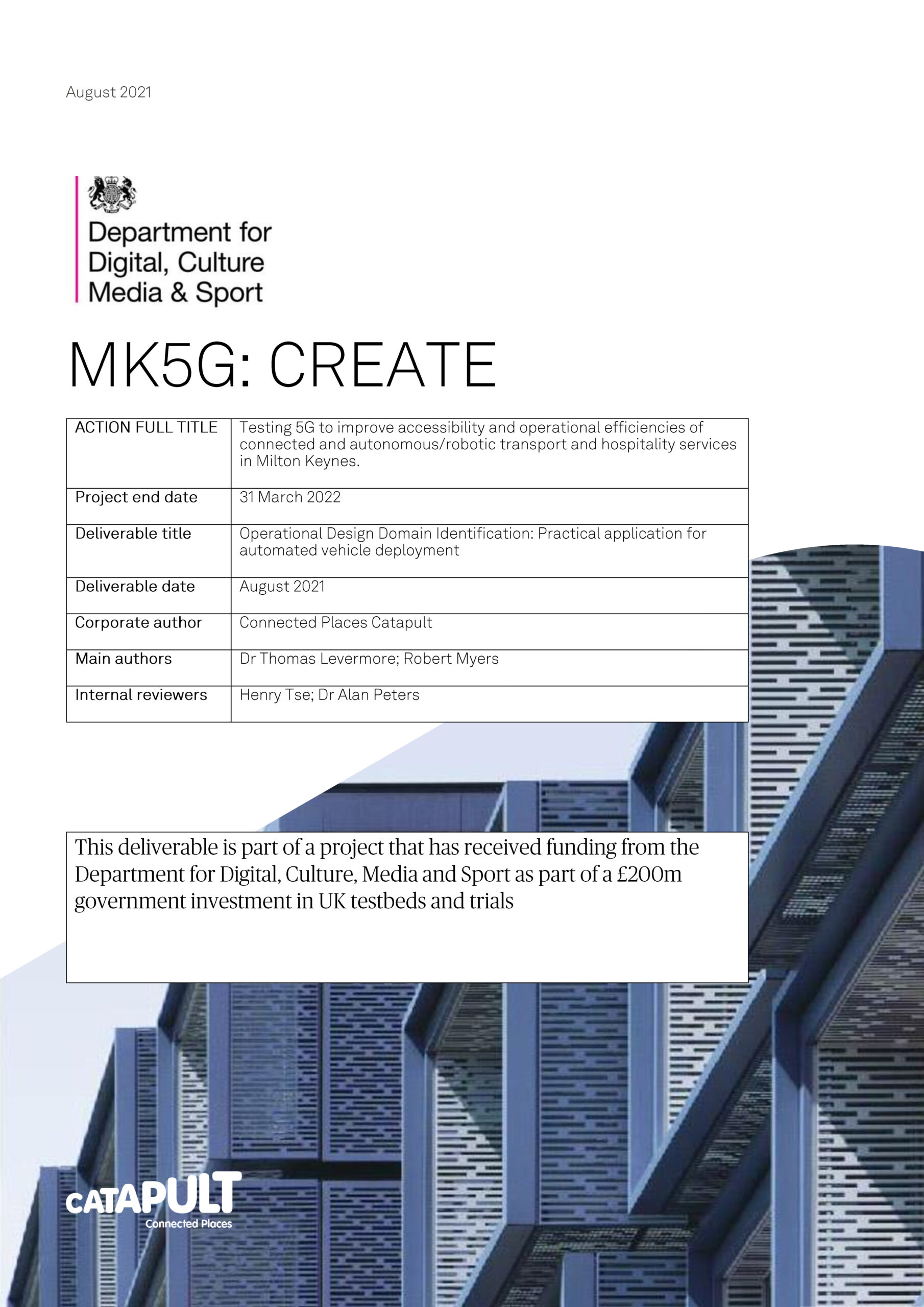Connected Places Catapult has been involved in trials of various types of automated vehicles (AVs) for many years, including in the Milton Keynes 5G Create project with AVs from Aurrigo and teleoperated vehicles from Imperium Drive operating at Stadium MK and in the surrounding areas.
These trials provide useful learnings for the technology development, on user engagement and the specifics of operating in the trial area. For the MK5G Create project, Connected Places Catapult explored some of the future implications of an automated shuttle providing a bus-like service.
As we look towards these fully-fledged services in the UK, we need to consider the local authorities who will potentially play a key role in the success of automated vehicle services for their local communities.
Local authorities will in some capacity be involved as:
- A key stakeholder in the procurement of automated vehicle services for integration with their local transport system, either directly or via other arrangements
- Local traffic authority responsible for an efficient road network which includes automated vehicles.
To ensure AVs provide an efficient and integrated service to a population, local authorities need to engage with developers and operators of such future services.


















